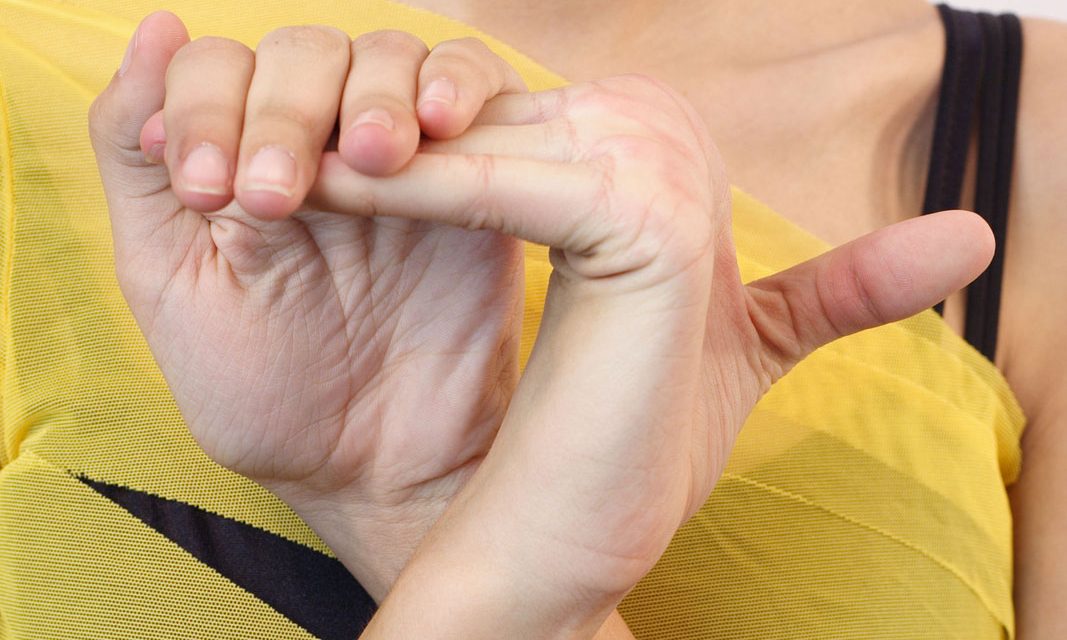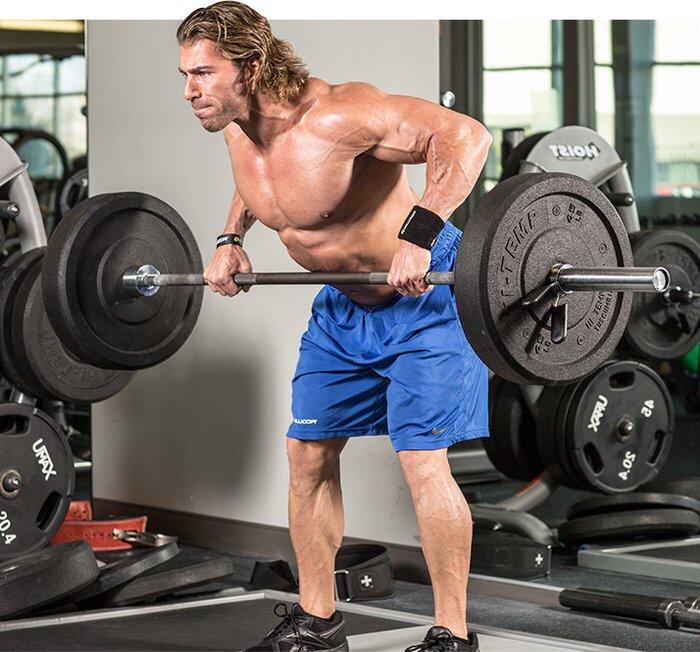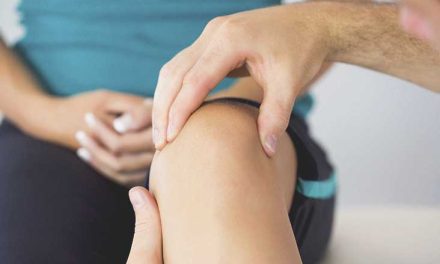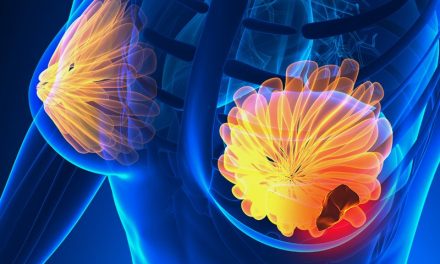Hypermobility: What does it mean to be hypermobility? What are the signs? What can happen to someone with hypermobility? Today I tell you.
Hypermobility: You don’t know exactly what it is, but you always suspected your “superpowers” were a little different from the rest of your classmates: in the elasticity tests, you got a ten because you touched the ground with the palms of your hand. Also, your fingers took peculiar postures when stretching them completely. And your knee stretched to unusual limits, and you could dislocate your shoulder. If this is your case, you are hyper lax.
What happens to someone who is hypermobile or a contortionist?
He has an increased movement of the joints. This happens in small joints (fingers) and large joints (knee, hip, ankle, shoulder.)
And that happens because the ligaments (the structures that “support the bones”) have an altered elastin ratio to collagen. That seems to that causes more elastic and fragile ligaments.
Signs that you are hypermobile.
Hypermobility Obviously, I don’t have it. 😉
Point 1. Hypermobility. Evidence that I do not have. And I’m not very elastic either…
- When you flex your trunk (with your knees stretched out), you touch the palms of your hands on the ground. (Right and left: 2 points).
- Suppose you bend your wrist and touch your forearm with your thumb. (2 points for the same fact.)
- When you straighten your elbow, you can pass the straight line (parallel to the ground). (2 points.)
- Your fifth finger can bend more than 90 degrees towards the back of the hand. (2 points)
- By firmly stretching your knee, the knee performs a recurbatum, passing the straight line. (Like the Spanish actress: Lina Morgan.) (1 point.)
These five points are known as the Beighton Maneuvers. The sum of the positive results bilaterally can lead you to obtain a score of up to nine points. Depending on the result, it will be “labelled” joint hypermobility or benign hypermobility syndrome.
Hypermobility detail.
Hypermobility detail. Point 2.
Ehlers-Danlos disease and Marfan syndrome are the most aggressive version of the disease. They present with hyperlaxity and other organic affections: skin, eyes, connective tissue and other viscera.
And is it good or bad to be hypermobile?
Well, it’s not. Someone with hypermobile or benign hypermobility is more likely to have several skeletal injuries. Here I name the most common traumatology.
- Suffer from shoulder dislocations before the age of 18.
- Attention! this fact – dislocating the shoulder before age 18 – is an important prognostic factor for predicting new episodes of dislocation.
- Sometimes the first dislocations occur before the age of 14.
- She repeated ankle sprains.
- hypermobility
- Point 4. Hypermobility. Check how the fifth finger reaches 90º or more.
- Knee sprains, patellar dislocations and patellar centring problems: chondromalacia patellae.
- Muscle and joint pain.
- Recurrent low back pain.
- Painful flat foot.
- Tendinitis and capsulitis due to microtrauma.
- Genu, I’m worth X-shaped knees.
Example of hypermobility: nougat or jelly?
Imagine a bar of nougat, and on top of that bar, place some cherries. Small movements of the nougat bar do not cause changes in those cherries.
Now imagine a jelly base with the same cherries. Can you imagine how those poor cherries will behave when the jelly moves? That’s hypermobility.
That has been the best example to me so that you understand that anarchy of movement and the difficulty of containment…
Hypermobility: anarchy and difficult containment…
hypermobility Metaphor with a jelly. Anarchy and lack of containment.
Hypermobility Metaphor with a jelly. Anarchy and lack of containment.
I’m hypermobile; what can I do?
Natural evolution is for the better; in childhood, we are all “tenderers,” and as we mature, we lose a certain degree of elasticity. (That would not be the case in severe cases such as Ehlers-Danlos disease and Marfan syndrome).
Tips for hypermobility.
- Try to maintain good physical shape with good muscle tone.
- Not gaining too much weight and having an average weight is essential in someone with hypermobility.
- If you can dislocate a joint on demand. STOP DOING IT! It would help if you weren’t a “fair monkey” and think that at each entry and exit of a joint, the cartilage that covers the bone is damaged and inevitably ends in osteoarthritis…
- Treat the joints that suffer from sprains correctly; perhaps, in your case, wear more immobilization than usual to avoid instability. Once the plaster or bandage is removed, put yourself in the hands of your physiotherapist and your physical trainer.
Do you already know Super Clara Bergé, physiotherapist and physical trainer and author of awesome videos for post-sprain recovery? Here is the link: Active treatment of ankle sprain.
I spend my days in my office prescribing and recommending specific videos on your YouTube channel that improve the quality of all injured people and encourage them to take good care of themselves.
In the face of hypermobility, there are no easy solutions.
That’s the summary. But even so, I wanted to tell you a little more about that world, a great unknown by many health professionals: hypermobility.





